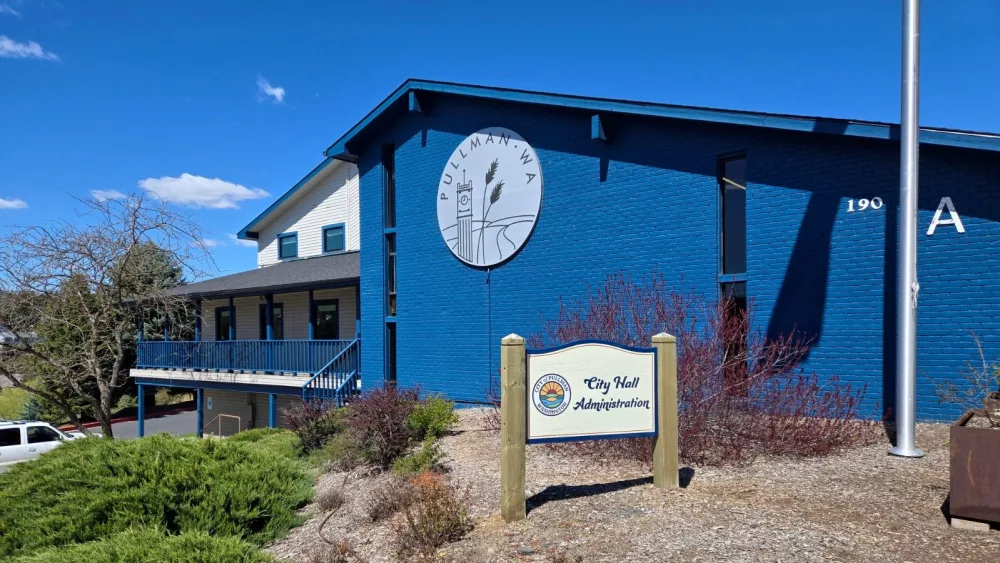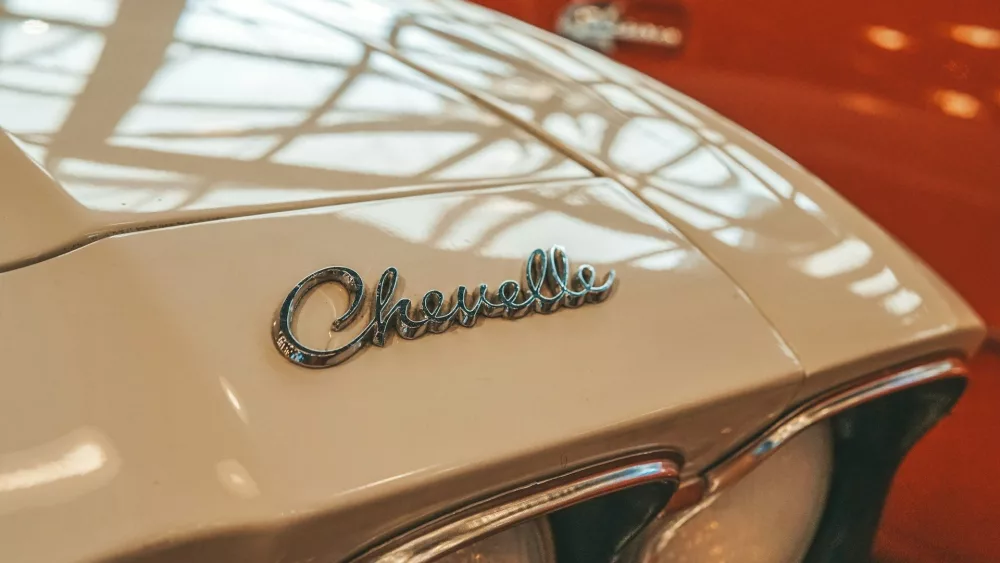Corporations hid health risks for decades while continuing to market PFAS
SEATTLE — Attorney General Bob Ferguson announced an environmental lawsuit today against numerous manufacturers of PFAS, commonly referred to as “forever chemicals.” The lawsuit asserts these companies knew for decades about the serious risks these chemicals posed to humans and the environment. The companies likely made many millions in profit while actively deceiving the public.
Per- and polyfluoralkyl substances, known as PFAS, have been used for decades to create water-resistant substances. In recent years, state and federal regulators have begun to impose more stringent restrictions on PFAS and expand testing requirements. Exposure to PFAS has been linked to several types of cancer, infertility, and developmental issues in children, among other health concerns.
The lawsuit, filed in King County Superior Court, relates to PFAS used in aqueous film-forming foam (AFFF), a type of chemical foam used for firefighting and emergency response, particularly around airports and military sites. In hiding the risks of PFAS and deceptively marketing it as safe, the lawsuit argues the companies violated numerous state laws, including Washington’s law against public nuisances, Products Liability Act and Consumer Protection Act. Defendants include 3M, DuPont and 18 other manufacturers.
“These corporations knew for decades about the serious risks these forever chemicals pose to human health and our environment,” Ferguson said. “Their corporate greed caused significant damage, and they need to be held accountable.”
Evidence shows the companies knew about the risks. For example, a 1999 resignation letter by an environmental scientist at 3M states: “3M waited too long to tell customers about the widespread dispersal of PFOS [a type of PFAS] in people and the environment. … 3M continues to make and sell these chemicals, though the company knows of an ecological risk assessment I did that indicates there is a better than 100% probability that [PFOS] is biomagnifying in the food chain and harming sea mammals.”
The scientist told 3M that, in the worst case scenario, “the probability of harm exceeds 100,000%.”
PFAS from firefighting foam has contaminated groundwater used for drinking in multiple Washington communities, rendering some undrinkable and requiring significant treatment measures at others.
For example, 2021 groundwater testing near the Yakima Training Center shows PFAS contamination more than 1,300 times the new restrictions proposed by the Environmental Protection Agency, which could go into effect by the end of this year.
National blood sampling by The Centers for Disease Control and Prevention has found PFAS in the blood of nearly every person tested since 1999. In Washington, a 2019 survey tested the blood of several hundred residents of Airway Heights, near Fairchild Air Force Base, where AFFF has been in use since the 1970s. That survey found 100% of participants had at least one type of PFAS in their blood. The City of Airway Heights has been purchasing drinking water from Spokane since 2017 due to PFAS contamination.
Cleaning up PFAS contamination is complex and costly. The exact cost of cleaning up PFAS across Washington is not yet known, in part because contamination is still being discovered. To clean up a single contaminated site, the Washington Department of Ecology estimates costs ranging from $5.3 million to $62.8 million.
Ferguson’s lawsuit asks the court to order the companies to pay past and future costs to investigate, remediate, restore, treat, monitor and otherwise respond to PFAS contamination; and pay for all damages caused to the state, including natural resource damages.
PFAS contamination in Washington
PFAS attributable to AFFF products have been found in Washington’s groundwater, surface water, fresh water and marine sediments, wastewater treatment plant effluent, soils, freshwater and marine fish tissue, and osprey eggs.
Nearly 200 water sources in Washington have tested positive for PFAS. Impacted areas include San Juan Island, Moses Lake, Issaquah, and areas near Fairchild Air Force Base, Joint Base Lewis-McChord, Naval Base Kitsap Bangor, Naval Air Station Whidbey Island and the Yakima Training Center.
More than 60 percent of Washingtonians rely on groundwater for at least a portion of their drinking water. Groundwater also serves essential ecological functions, such as influencing surface water quality, supporting wetlands and providing important instream flows for salmon and other fish species.
Once PFAS are used, they migrate through the environment, resist natural degradation, contaminate groundwater and drinking water, and are difficult and costly to remove. The toxic and hazardous effects of PFAS will impact Washington for decades, if not longer.
PFAS build up in animals and are not expelled over time. They also can biomagnify, meaning their concentration in organic tissue increases as they are consumed up the food chain.
In December 2022, the Washington Department of Health issued a fish consumption advisory warning against eating certain types of fish in three King County lakes, including Lake Washington, because they contain a type of PFAS found in AFFF and other products. The Department of Health made this recommendation based on a 2018 study of fish tissue data collected from these lakes, which found PFAS in all 76 samples analyzed.
PFAS manufacturers knew about risks for decades
Internal memos and reports from manufacturers show they were aware of health and environmental concerns going back decades.
A few examples:
- A 1984 memo from DuPont noted that as early as 1981, manufacturers knew that PFAS could cause birth defects. “All female employees with potential [PFAS] exposure were promptly transferred to other plant areas,” the memo reads.
- The same memo goes on to discuss concerns about the company’s liability and “corporate image.”
- Two decades later, a consulting company was still advocating this approach with DuPont: “DUPONT MUST SHAPE THE DEBATE AT ALL LEVELS. We must implement a strategy at the outset which discourages governmental agencies, the plaintiff’s bar, and misguided environmental groups from pursuing this matter any further than the current risk assessment contemplated by [EPA]. … We strive to end this now.”
- A 1998 risk assessment produced by a 3M scientist calculates the likely levels of PFOS, a type of PFAS, in the bodies of marine animals, including orcas. The report indicates these levels were approximately the same as the levels shown to cause reproductive harm in lab testing. At the same time, the assessment notes, “natural populations of sea lions are experiencing significant reproductive dysfunction. … Also 70% of a ringed seal population was not reproducing. This is higher than the norm.”
- “I believe all this taken together constitutes a significant risk that should be reported to EPA.”
- A year later, the 3M report author, Richard Purdy, resigned. “3M told those of us working on the fluorochemical project not to write down our thoughts or have email discussions on issues because of how our speculations could be viewed in a legal discovery process,” he wrote in his resignation letter.
- Purdy continues: “At almost every step, I have been assured that action will be taken—yet I see slow or no results. I am told the company is concerned, but their actions speak to different concerns than mine. … [I]t is unethical to be concerned with markets, legal defensibility and image over environmental safety.”
The full list of defendants: 3M Company, AGC Chemicals Americas Inc., Amerex Corporation, Archroma U.S. Inc., Arkema Inc., BASF Corporation, Buckeye Fire Equipment Company, Carrier Fire & Security Americas Corporation, Carrier Global Corporation, ChemDesign Products Inc., Chemguard Inc., Clariant Corporation, Dynax Corporation, EIDP Inc. f/k/a E. I. du Pont de Nemours and Company, Kidde PLC Inc., National Foam Inc., The Chemours Company, Tyco Fire Products LP, Corteva Inc., DuPont de Nemours Inc.
Managing Assistant Attorney General Aurora Janke, Assistant Attorneys General Junine So and Lisa Kelley Christensen, Senior Counsel Tad Robinson O’Neill and Ivy Anderson, Paralegal Virginia Castro, and Legal Assistants Julie Dolloff and Sydney Stern are handling the case for Washington.





